FRONTRUNNER Meets Artist & Filmmaker Shen Xin
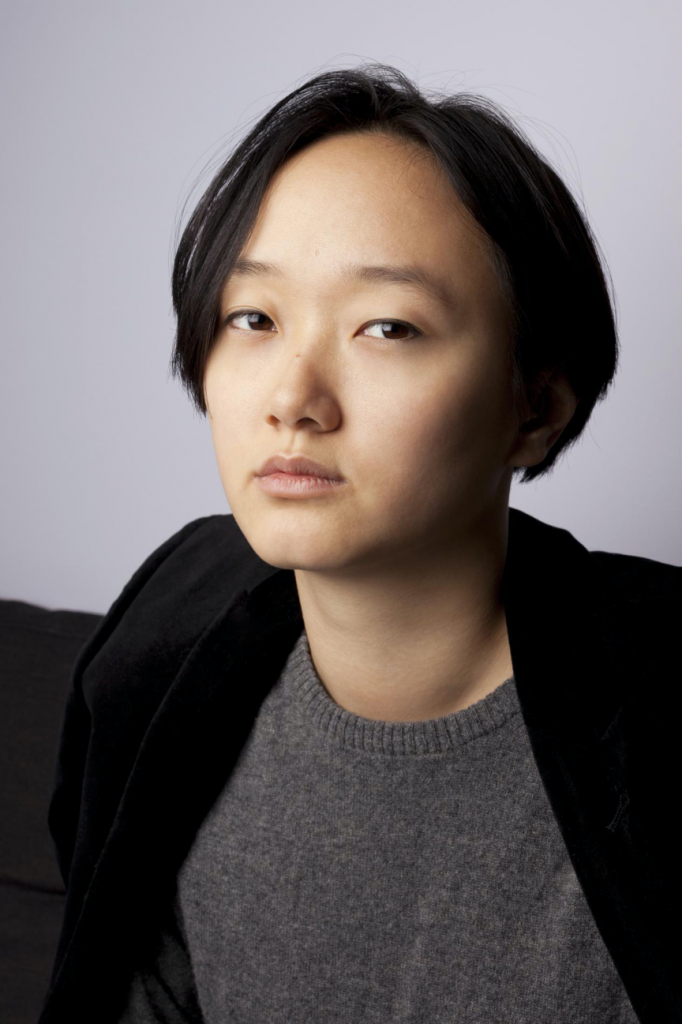
The whole interview process was smooth, joyful, and interesting. Shen Xin is modest, exuding a calm energy, and is strong in a meditative sense.
Through films and video installations, as well as performative events, their practice examines and fabricates techniques and effects of how emotion, judgment, politics, religion, identity, gender and ethics circulate through individual and collective subjects. They seek to create affirmative spaces of belonging that embrace polyphonic narratives and identities.
Shen Xin was born in 1990. Recent solo exhibitions include History Repeats Itself (MIMA, Middlesbrough), and Sliced Units (CFCCA, Manchester). Group presentations including their work include the K11 Art Foundation (Hong Kong), The 2018 New Museum Triennial (New York) and OCAT (Shanghai). Their next solo exhibitions will be staged at the 2021 Gwangju Biennale and, for the first time in North America, at the Walker Arts Center (Minneapolis) in 2022. They received the BALTIC Artists’ Award (2017) and held the Rijksakademie residency in Amsterdam (2018-19). Xin lives and works in Amsterdam.
FRONTRUNNER speaks to Shen Xin about moving to Minnesota, the StopAsianHate movement, and what’s coming up next.
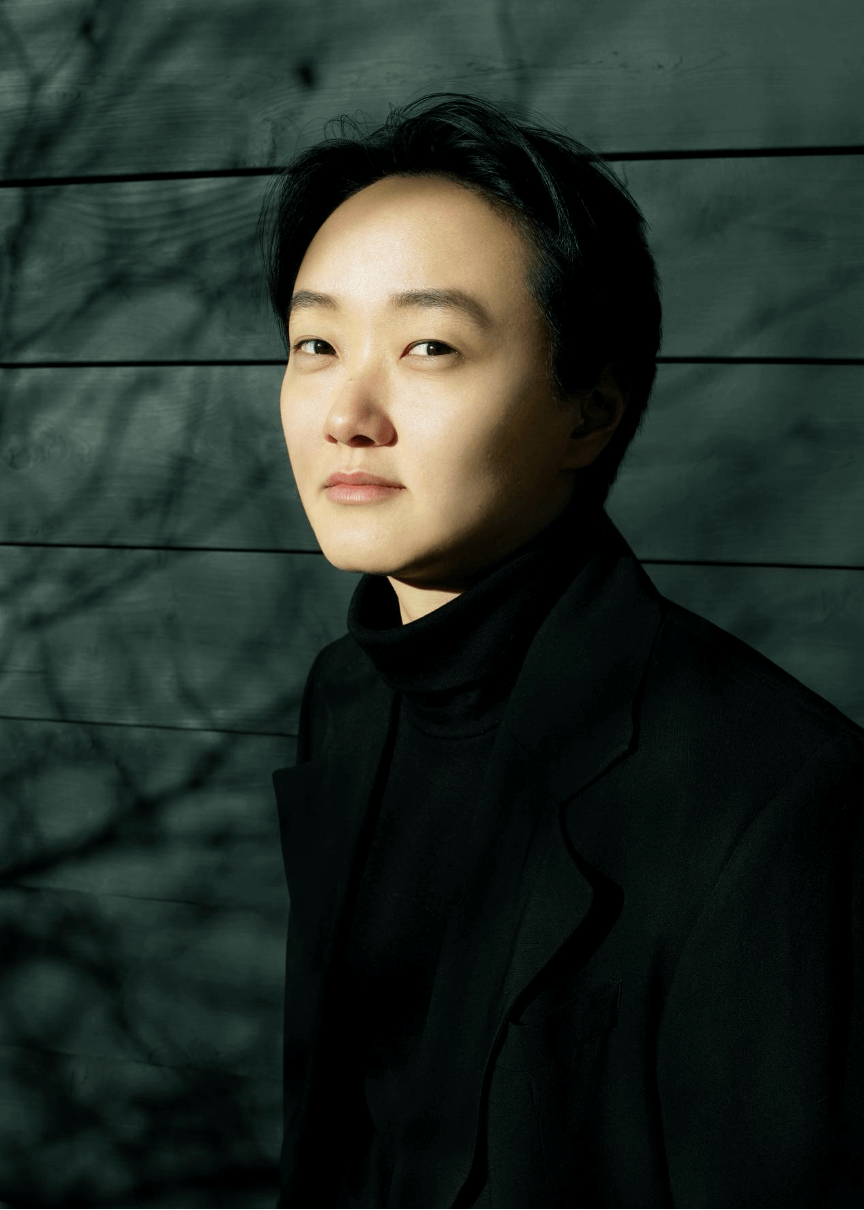
How has the pandemic been for you? How has it affected your practice and creativity?
I have been using the time to do some research and read a lot for future projects. It’s not currently possible to make films due to the pandemic. So, the delay allows for a lot of time to deepen the research, and to think deeply about the filming process. But at the same time, where it used to be sort of a fluid process, it’s now more fragmented. Three months before the outbreak of COVID-19 in the US, I moved to Minnesota. It’s very challenging, because when you move to a new place, you want to get to know people and build new relationships. Which is impossible for me right now. It’s very isolating and really strange. I do my best to try to understand the place, the people and the community, but still, it’s quite difficult.
So, how did you get to know the people?
I applied for a local residency where they provided a one-year-long studio for free for those marginalized as a result of their gender identity. I ended up with three studio mates whom I got to know, first. By organizing a community-based project, a Korean poet introduced me to a Chinese filmmaker, who has become my first – and is still my only – friend here. She moved to South Dakota when she was fourteen, and is very involved in the local activist scene. I’ve learned a lot from her, and it is very thrilling to have a friend where you are who can tell you many things about the place. On top of that, I’m interested to stay engaged in what’s going on here – movements and protests against the Line 3 pipeline, for example. I guess it prompts a lot of questions about why I could express care about those issues, and why I don’t speak much about things that are close to my homeland. My being here has brought up a lot of questions that have made me reflect. I don’t exactly know a lot of people here but it’s still quite an exciting journey so far.
It must be quite different compared to your life a year and a half ago.
I know, it is. I traveled so much before and I’m sure many people who work in the arts and media had been doing a lot of travelling. I understand that kind of mobility generated by your artistic works. I was always just constantly talking to new people, meeting new people, and that is completely different to my current situation.
What’s a great book that you’ve read recently?
Since the pandemic started, I have read at least 40 books. It’s really hard to pick one. Maybe this book called Define and Rule written by Mahmood Mamdani. He’s a political scientist based in Uganda. I found his theory really interesting because it talks about being either native or non-native in South African, Israel, Palestine, and North American contexts. You know, when you think about ‘nativeness’ and indigeneity in relation to China, which is such a vast land with such a long history, how can one reflect on something that is so short-lived in terms of words and language, indigeneity and nativity as invented vocabularies that have only a few hundred years of history? How do you think through these things in relation to valid situations and things happening in China? One thing I’m very passionate about is that I know no one is purely Han (an East Asian ethnic group and nation native to China). Han is a construction. I think a lot about how to be productive with the discussion around ethnicity in China and what it means. So, that’s a great book for sure.
https://vimeo.com/268092712
What are your thoughts on the ongoing #stopasianhate movement?
I lived in Europe for 10 years, before I moved to the US. So, my experience of being Asian by ethnicity is quite different from those living in North America, I have to say. Asian in Europe, for me, the experience is a bit more marginalized and there’s less power and agency of speech. What people have been experiencing here in the US is also a sort of trans-generational trauma, which is life-threatening indeed. For me, when I came here as a new immigrant, it was difficult to even step out of the house, because I didn’t actually know the place and the rise in anti-Asian hate was going on. There are a lot of solidarity movements here in Minnesota as well. Every week, there are organized healing circles, where you can join to listen, share, and heal. And some of the healers are Asian women and queer people. It’s very moving to see that happening to heal racial trauma.
Do you feel safe right now?
I wouldn’t say I’m safe and I do have some valid fears, for sure. Because I know this is a place filled with gun violence. If I go for a walk in the forest and see teenage boys carrying guns, I would feel unsafe somehow.
You’ve researched a multitude of topics like global warming, queerness, capitalism, your family and religion. During your whole creation process, what themes or stories move you the most?
Personally, what’s most impactful for me right now is ethnicity. When I graduated from The Slade (University College London), I had work where I’d filmed my father searching through authentic images of Tibetans. I would say, that has been a Pandora’s box to understand what kind of gaze I’ve been utilizing in my practice. I lost my father about two and a half years ago, and throughout our time together, I’ve always had quite a critical position towards his paintings. Recently, I’ve been trying to understand more about my own ethnic makeup and family history. The most shocking moment was when I found out my dad was substantially part-Tibetan. The gaze that I held at his paintings of Tibetans was because I used a de-colonial framework, thinking he was objectifying ethnic minorities. Because of no family history recorded or no oral history told, I was deprived of that information. So, I felt like that was a huge loss on my part that I wasn’t able to understand him empathetically, that he was searching for kinship or his unconscious feelings for proximity with a different community.
There’s another story that is more in the professional realm. I’ve always felt like I was very lucky to have met Mike Nelson, a British sculptor when I was doing a residency in Gwangju, South Korea. At that time, I did a ten-minute presentation, and had a studio visit with him. We didn’t know each other very well. I remember thinking that he was such a genuine person. Later on, he nominated me for this huge award, the BALTIC Artists’ Award. That was something that helped me realize it doesn’t matter where I come from, who I am or how I look. It comes from a personal connection, and trust, rather than lots of interpersonal relationships, which is very encouraging and validating for me. So yeah, that is also a very touching and fond memory of mine.
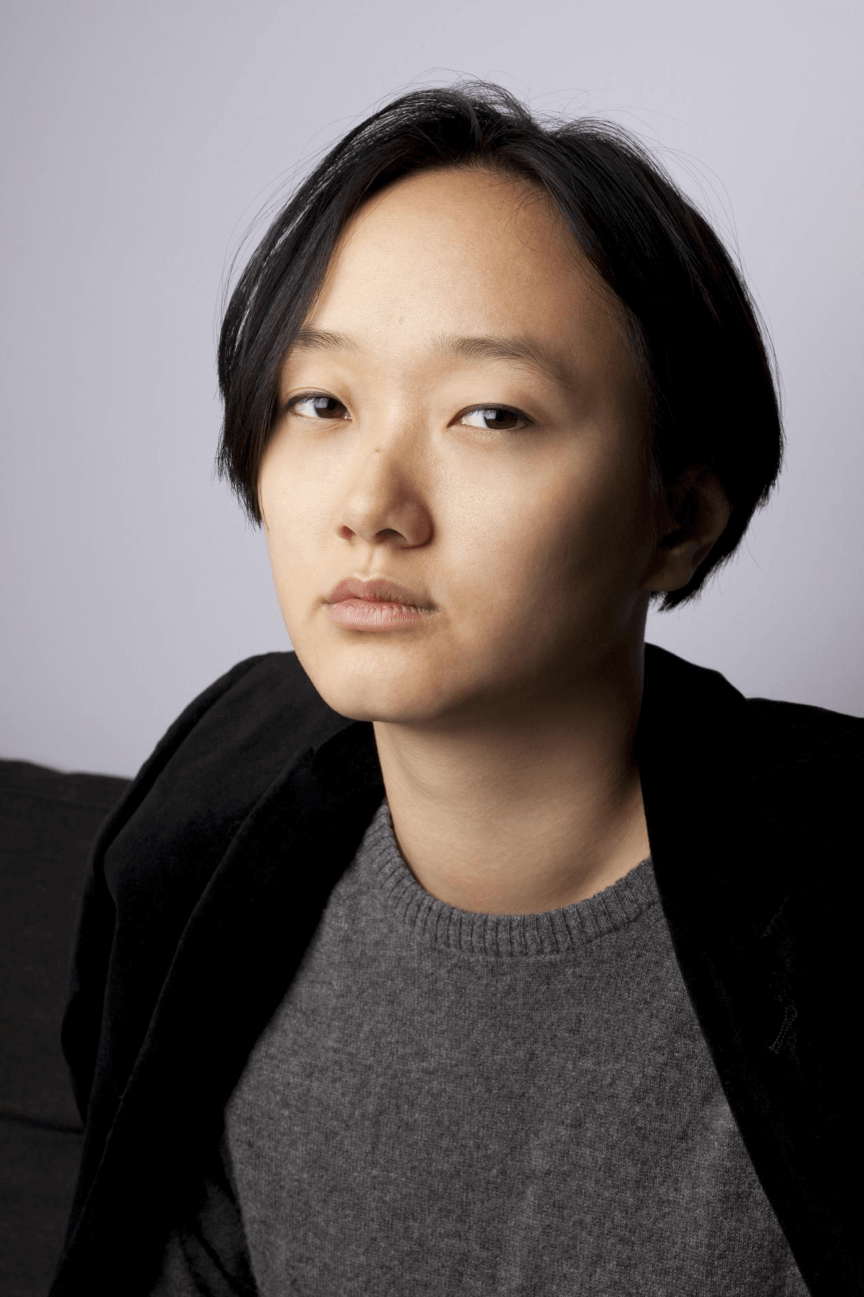
What are some of the differences between you and the artists of your father’s generation, are there any similarities?
I’m sure there are similarities. I think the similarities must be more interesting than the differences. I mean, the difference is vast. For example, they worked so hard to put food on the table and to provide their kids with a better education. And they were the generation that was deprived of understanding who they were and deprived of the chance to heal. There were no resources, abilities, and education in terms of healing the trauma they’d been through. That’s where we differ. As for similarities, I have an instinctive sense about it, but I cannot articulate it. I think maybe it’s about stubbornness, the strong desire to do something different, and in relation to the land we were born in. When I was adjusting my views and positions towards my practice, I suddenly had this flashback of my dad’s attitude, and suddenly realized I was like that too.
Did your father’s artistic concepts have any impact you? Did he ever give you advice for your film practice?
He was a very traditional Chinese ink painter, although he painted portraits and figures. So, we couldn’t really exchange some ideas on a conceptual level. He obviously didn’t give me any advice, and I did criticize him a lot. I made a film about him called Counting Blessings. When he watched it, he made some comments like “you shouldn’t show that I’m painting from photographs.” When he visited me at my university, many of my classmates had watched my film, so they treated him like he was a movie star, waving at and greeting him. He was quite surprised, he turned round and said “Oh, I like it.” When he got older, he was a very cute old man.
In another interview of yours, you were thinking that in a few years you’d quite like to be a teacher in the interest of pursuing a stable career. Is that something you still want?
Actually, I feel like my career is quite stable right now. I am facilitating one on one tutorials and had just finished an eight-day term at Slade. Before the pandemic, I did that at Goldsmiths (University of London) for students pursuing their bachelors and masters degrees for about two years on-and-off. Visiting universities is something that I really enjoy doing. For the reason that personally I like meeting other artists, and speaking with artists who want to have the same kinds of exchanges of vulnerable space in their practices. We can have a lot of very interesting and productive conversations. I’m not so fixated on having that as a permanent position, but I’m interested in having the work of an educator as a part of my life.
It seems like you know what you want.
I think I had a very lucky upbringing with my father because as an artist, he understood what I wanted. He was also a very generous and loving father. He always supported me no matter how he felt about it. So, I was never really confused about what I wanted in terms of having a reality check. I think that is the luckiest thing a young adult could ever have as they start to invent their futures for themselves.
Do you have any upcoming projects?
In terms of the work itself, I am preparing for a film about wild horses. This work that I would like to make is in the Nemaiah Valley, British Columbia, where Qayus wild horse reserve is. To start with, it’s about wild horses, and thinking about wild horses genetically and historically in relation to North America and in Northwest and Southwest China. By looking at the debate of whether there truly is wildness in horses’ genes and DNA makeup, and using that as a gateway to think about the relationship they have with indigenous communities and repatriation movement from Europe to Xinjiang and Inner Mongolia. For me, it’s an access point to the subjects of nativeness and indigeneity in terms of an animal-human relationship. So, there’s a lot of reading about the histories of Xinjiang. For example, how history was written there, and their relationship with land, animals, water, as well as British Columbia history and their first nation communities, in understanding DNA in both human and non-human terms. The film itself will be a one-channel short film with sound installation. It will be filmed on Super 8 and digital 16 mm.


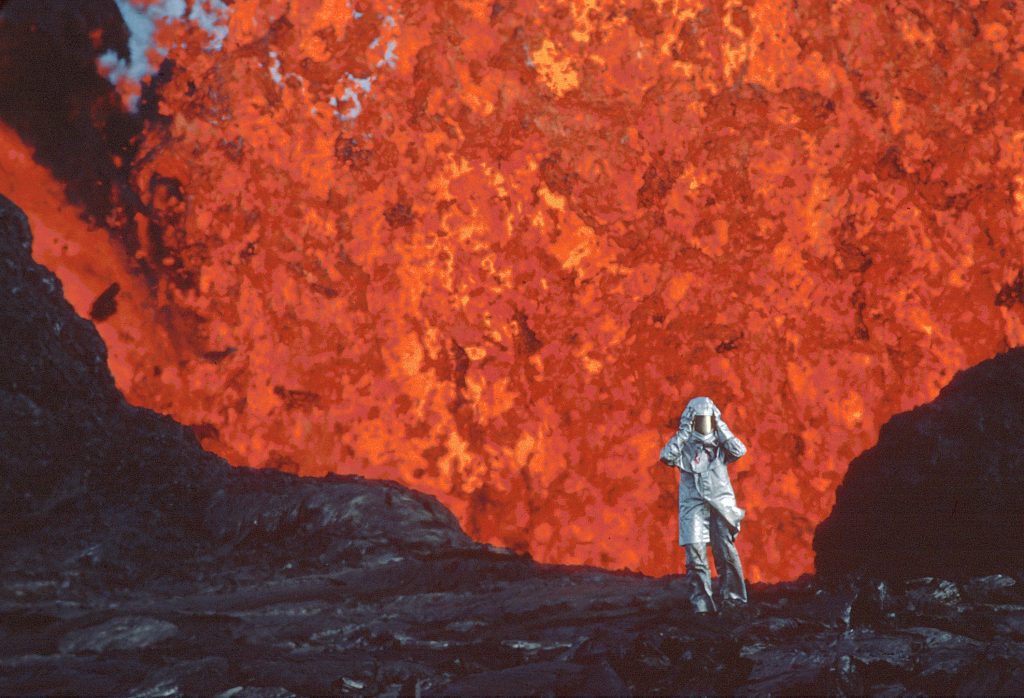
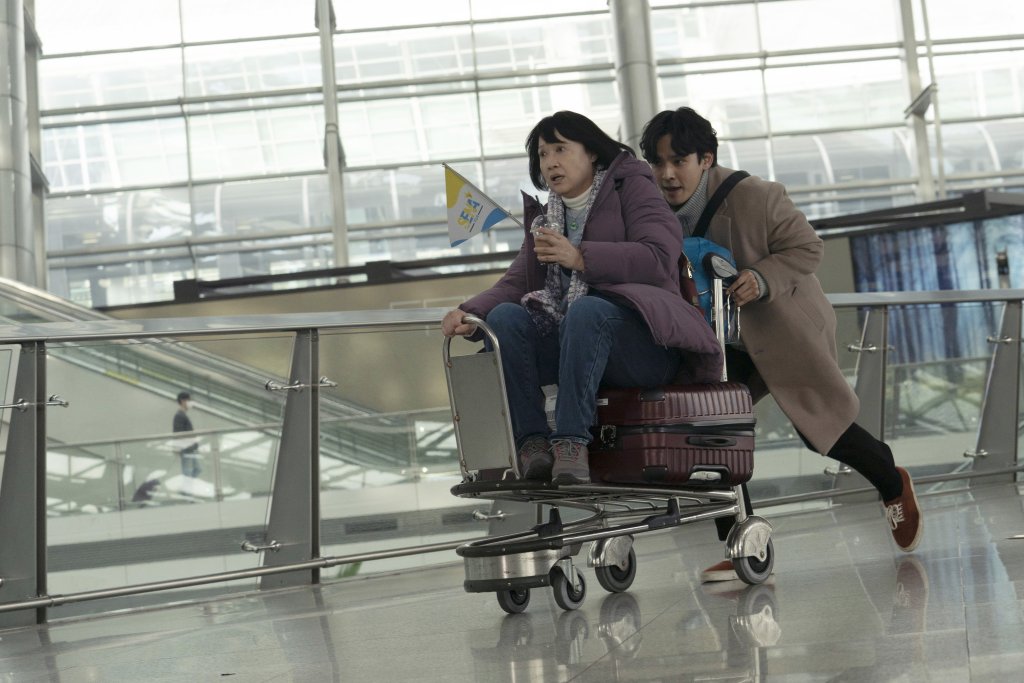
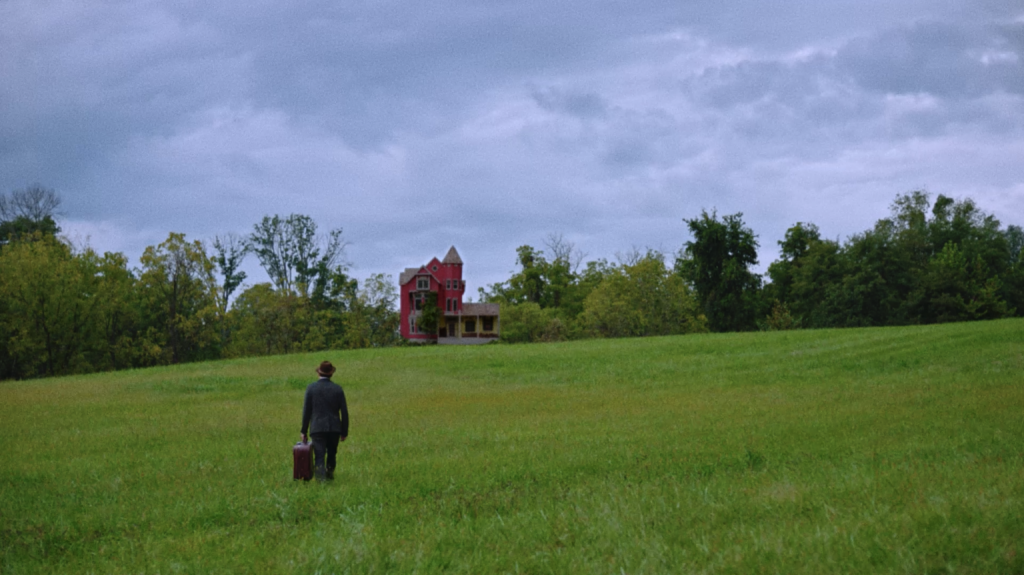
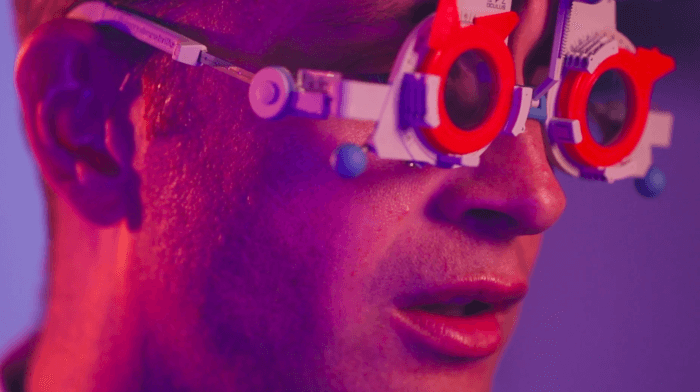
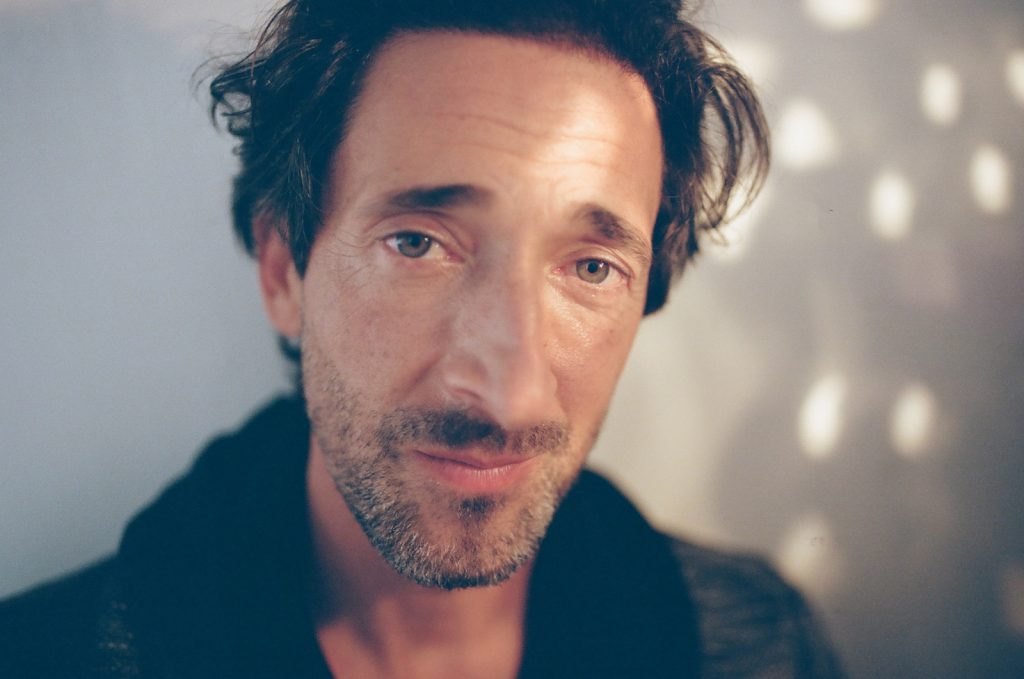
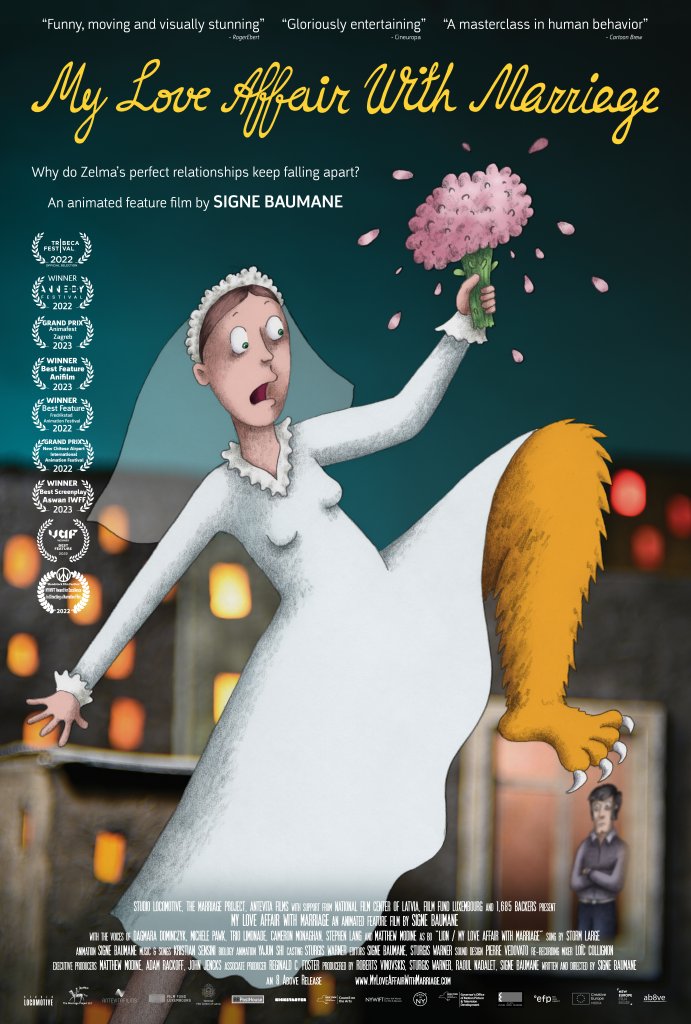


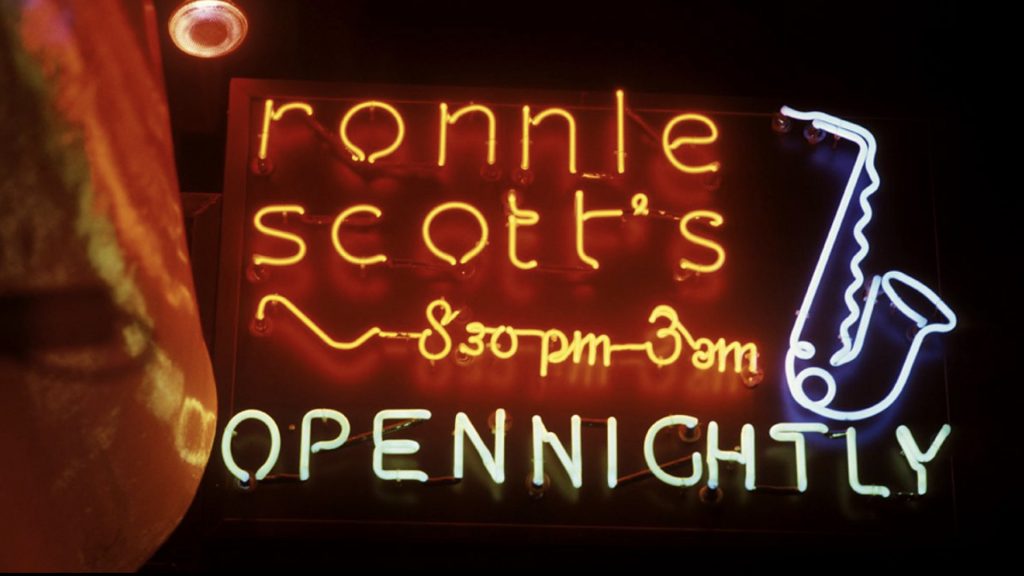
Responses